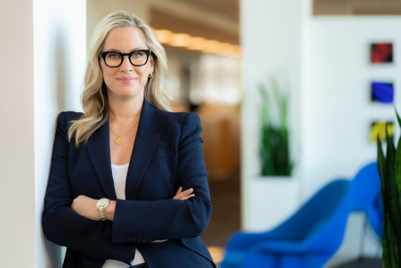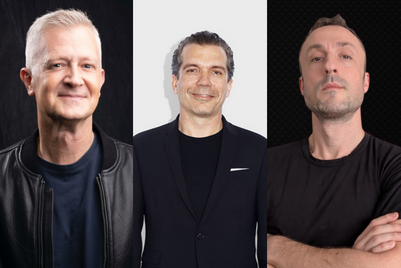
Despite taking most of their business online and conducting deals virtually, marketers, especially those in the B2B field, face extended sales cycles, with the number of touchpoints for each deal extended from 17 previously to 27 during the pandemic. For CMOs to hasten this process, they need to more tightly integrate with adjacent sales and product teams, according to Shirley Macbeth, CMO for research agency Forrester.
"Maybe unsurprisingly, with a pandemic, that has really changed buying behaviours, and made it even more complex," she told Campaign Asia-Pacific. "Now, more than ever, marketers, the marketing sales function, and the product function need to be more tightly integrated for growth."
Forrester's own research reveals that, in fact, organisations that successfully align these three core functions report 19% faster growth and 15% greater profitability than their less integrated peers.
But is integrating these functions easier said than done? By Macbeth's own admission, "the challenge marketers have had is tracking and proving where demand is coming from and learning from those insights". While CEOs have tried to push marketing teams to transition from being cost centres to being revenue centres, CMOs have struggled to demonstrate their value. But with better focus, CMOs can better align with adjacent leaders in sales and product, she said.
Integration challenges
As organisations consider more closely integrating these three functions, a burning question leaders must face is the very existence of the CMO. While some organisations, ranging from Coca-Cola to General Mills have held differing views on the topic, Macbeth believes that the role will only get embellished going forward.
"What we're seeing is broader input that's needed from the CMO [and] from the marketing function," she said. "Now more than ever, marketing is being tasked with bringing in that voice of customer ... I think it's squarely now in the CMO's remit to measure that voice of the customer, both through quantitative and qualitative means."

Meanwhile, the pandemic has also forced CMOs to recast the way they allocate their budget, shifting resources from chasing after new customers to instead keeping existing ones, Macbeth contended. "The importance of keeping and retaining current clients ... it's easier to do that than get a new client, but yet the marketing function in most organisations has not been focused on that," she said. However, that could be changing with "shifts of 20% to 40% of budgets being focused on current versus only new prospecting".
Focus on customer
One of the focus areas for CMOs in this new era of customer retention is what she terms "customer obsession". Organisations that are pivoting and turning the focus of their operations, technology and go-to market messaging to centre on the customer are twice as successful, and they enjoy longer customer retention, higher brand recognition, and even improved employee retention, according to Forrester.
As CMOs figure out how to deal with this enhanced focus on customers, Macbeth believes that the worlds of B2B and B2C marketing may be intersecting. "At the end of the day, your target customer is a person, and they react and have a lot of the same expectations when they go to a website of what's going to happen," she said. "I think, five years ago, we wouldn't be on Instagram talking to B2B audiences. But now we are, so I think the convergence is a real thing."
Forrester's plans
Macbeth is following these trends with her role at Forrester too. "I joined Forrester a little over a year ago, and I realised we didn't have a formal customer experience function," she said. "So I built that out. ... My changing role would be driving a customer journey that is connected, from the buyer all the way through to the end, and the renewal and the full lifecycle."
Forrester earlier this month launched a product portfolio of research services, Forrester Decisions, which combines its research with frameworks, models, and methodologies gained through the company’s acquisition of SiriusDecisions. Now, as part of this package, Forrester will rename its "demand waterfall", which helps marketers forecast demand for their product, to a "revenue waterfall" to more accurately measure business impact for CMOs, Macbeth said.


+(900+x+600+px)+(3).png&h=334&w=500&q=100&v=20250320&c=1)
+(900+x+600+px).jpg&h=334&w=500&q=100&v=20250320&c=1)
.jpg&h=334&w=500&q=100&v=20250320&c=1)


.jpg&h=334&w=500&q=100&v=20250320&c=1)
+(900+x+600+px).png&h=334&w=500&q=100&v=20250320&c=1)

+(900+x+600+px)+(1).png&h=334&w=500&q=100&v=20250320&c=1)

.jpg&h=268&w=401&q=100&v=20250320&c=1)






